|
I see many groups of fish of all kinds in Cabbage Tree Bay and wondered... what is the difference between a School or Shoal? Groups of aquatic life get classified depending on whether they are a single type or mixture of species, or whether they are fish or mammals. SHOAL - when fish, shrimp or other aquatic creatures swim together in a loose cluster, this is typically called a shoal . It can be a mix of different species. SCHOOL - is a group of the same fish species swimming together in synchrony; turning, twisting and forming sweeping, glinting shapes in the water. Fish probably do this to confuse predators and to save energy (by using the ‘slipstreams’ of other fish). How do schools of fish swim in perfect unison? A fish decides where and how to move relative to its position in the school. If the fish behind gets too close (less than two body-lengths), then it speeds up; if the fish in front gets closer than that, then it slows down. Schooling fish watch one another and also feel the waves their neighbours make as they swim, with pressure-sensitive pores along their body called the lateral line. And each fish has its preferred spot in the school. Some are natural leaders and tend to hang at the front and guide the whole school, while others choose to follow.
What is a big school of fish called? Many kinds of fish prefer to swim together in groups called shoals. Some shoals are the biggest gatherings of animals on the planet others may only contain a few individuals. Do schools of fish have a leader? And each fish has its preferred spot in the school. Some are natural leaders and tend to hang at the front and guide the whole school, while others choose to follow.
0 Comments
Surfing fitness and paddling are one and the same as being able to swim. The benefits of being able to swim, especially ocean swim are numerous. Anyone who surfs knows that paddling endurance is essential, arm, shoulder, core and basic overall strength and flexibility. We spend more time paddling than we do actually surfing on a wave. Plus, all leashes can break at some point so being a strong swimmer is crucial, especially if you are heading out into bigger waves. Swimming requires plenty of stamina but surfers require stamina plus short bursts of energy and strength for paddle power to get out the back and onto waves. Because of this, surfers need something different from just traditional swim training if you want to build up stamina to continue paddling for wave after wave. Ideal training for surfing is swimming laps in a pool but you need some variation with drills. The best surfers in the world are all excellent swimmers. Get some good goggles and hit the pool and imagine yourself at the backline on a big day without a board. Designing your swim programs to help your surfing makes it easier to get motivated to jump in the pool and train. Due to the physical nature of surfing, pool training usually involves some kind of breath work to improve lung capacity, cardiovascular health, which also helps in keeping calm through wipeouts. Yoga training also helps the body make efficient use of oxygen, as well.
Swimmers and surfers use essentially the same muscles for propulsion but for different purposes and in slightly different ways. Freestyle swimming involves pulling the body through the water, keeping the body line long and straight while rotating the torso and kicking with the legs for more propulsion. Paddling a surfboard is similar to freestyle swimming with regard to the 'pulling' part of the stroke. Like swimming, the powerful muscles of the lats, back, arms and core are constantly engaged to paddle while keeping the body on the board and the head up.
If you want an individual swim program to help improve and enhance your surfing fitness and breath control
contact me to discuss. In Australia it’s beach season all year round, epic sunrises greet us in the morning, let's make the most of it. During winter it's too easy to stay home or just give 50% effort in the gym, instead of getting outside in the elements and moving. Sure, it’s not all that appealing to simply go out for a run on the cold sand in the morning or head to the beach for a surf when the waves aren’t all that friendly or immerse yourself in cold water for a swim workout but it's worth it for your physical and mental health. 'When the cold weather hits swimming is probably an activity that's far from your mind. But swimming is in fact one of the best activities everyone can undertake in winter! Swimming as regular exercise will strengthen the immune system - people who swim may be less likely to fall ill with the common colds and flus that go around in schools, universities and daycare centres over the colder months.' says Royal Life Saving WA Why swim through winter? Feeling a natural high, invigorated, alive are just a few descriptive words used. It is widely discussed and documented that cold water swimming has numerous benefits for us: Boosts your immune system Gives you a natural high Improves circulation Burns calories Reduse Stress You can meet some new crazy like minded friends. The same way many athletes use cold water therapy and ice baths as part of improving their performance and recovery, we can also use it to benefit both our physical and mental health. In Sydney the water only drops to an average balmy 17-18 degrees in winter, which although many would say that’s not ‘cold water’ swimming, hummm I disagree, its cold enough for me.
When I ask year round swimmers why they swim throughout the winter:
Stay safe There are some basic safety you need to be aware of. First, never swim alone. Joining a group or continuing to swim into winter with your friends, is the best way to approach a winter season of swimming, as this will help you stay safe and motivated. Secondly, be aware of your limits and ability in the ocean. Take advice from those who are more experienced than you. Want to feel comfortable and confident with your ability and skills in the ocean.
Contact Linda for Learn to Swim, Introduction to Ocean Swimming, Ocean Swim Skills and Stroke Correction lessons. Photos courtesy of www.maggielangtry.com.au Are you looking to buy a wetsuit for open water/ocean swimming?It’s Autumn, the sunrises are epic but it means the water will inevitably start to cool down soon. As a swim coach I spend a lot of time in the water and my wetsuit is an important piece of kit. I wear a wetsuit for many reasons but number one is warmth, your core temp can drop very quickly in cool water, especially if you’re teaching and not actually swimming. Another reason is comfort. A wetsuit can also improve and help your speed and confidence through buoyancy. As a regular surfer and swimmer I’ve tried a few wetsuits over the years and they vary greatly. For swimming (ocean pool or open water) I prefer to wear a 2XU brand wetsuit as I like the fit, material and comfort, there are of course many brands on the market for you to explore, I’m not endorsing any particular brand here, it comes down to what fits best and works for you (including price). A wetsuit's primary purpose is to keep you warmer, which can help you stay comfortable in the water for longer and reduces your risk of hypothermia. A wetsuit can also provide the extra lift you need, which will make it easier for you to float as you calm down and focus on lowering your heart rate. Remember, a wetsuit is not designed to keep you completely dry. They work by trapping a thin layer of water between your body and the wetsuit material, letting your body warm the water to a comfortable temperature. The thicker your wetsuit, the longer and warmer your body will remain in the water. Flexibility, one of the most important features of a wetsuit that’ll help you move freely in the water. If you use a regular wetsuit for swimming, this added flexibility and the ability to move your arms and legs freely, will be restricted. Swimming wetsuits are designed to be highly flexible in all the right places to ensure your swimming is effortless. Your wetsuit should fit comfortable against your skin, without restricting arm, leg or body movements but snug enough that water can't easily get in. Wetsuit thickness is measured in millimetres, represented with two numbers separated by a slash. The first number represents the thickness of the neoprene in the torso area, the second number represents the thickness of the neoprene in the extremities. Fit and comfort are the most important considerations when it comes to buying a wetsuit. You may have a $1,200 wetsuit but if it doesn't fit correctly then you won't comfortable, warm or efficient. Swimming wetsuit should: 1. Have no excess material or extra folds. 2. Be comfortably snug but not too tight. 3. Provide a full range of motion in arms and shoulders. 4. Feel comfortable and not too tight around the neckline. Unlike traditional surfing wetsuits, open water or swimming wetsuits are designed to allow for more flexibility and range of motion in the water. This helps you to swim without feeling restricted in any way possible. A good wetsuit will play an important role in enabling you to swim through winter, if you dislike the cold like me. Whether you are swimming for recreation, training or racing, wetsuits provide you with additional features and benefits that will not only keep you warm but can help your swimming. If you are looking for some advice and help with choosing a wetsuit - please shoot me an email
Drills isolate the problem, help correct the problem, help ingrain the correction. Drills are a useful part of working on form and technique in your swim. By stepping away from just swimming up and down the pool, you can focus on elements of your stroke and add the correct movement and control. You then give your speed the chance to improve through making elements of your stroke stronger. Many novice swimmers who are just starting to swim can only manage a few lengths without taking a break. To improve your swimming by just continuing to do 500 metre sets may get you faster over time but will always be limited by inefficient form, also ingraining bad habits which will prevent you from getting faster and more efficient. BUT drills and swim aids are only a tool and should be used properly and specifically. They are not to be used over mindless laps, use them with purpose to improve form and help with speed and fitness. Make sure you know why you are doing that drill and what it is aiming to improve. Drills build awareness of what your body is doing and how important different elements of your stroke affect your overall body alignment, strength and efficiency. Below is an example of the Fingertip Drag drill / Zip drill – Swim normal Freestyle dragging fingertips along the surface of water on the recovery. Focus on a high elbow recovery, which ensures proper hand and elbow position at your hand entry. You should also check your body position during this drill, focusing on good side-to-side rotation.
If you are looking to learn to swim or improve your technique and efficiency get in contact.
Swimming is a full-body movement, and efficiency comes from developing coordination between your upper and lower body. The kick provides stability, improved body position and propulsion, all components necessary for a more efficient freestyle. In the water, over distance it is our arms that generate most movement providing approximately 85% of forward drive and the legs merely serve to 'balance' our position, preventing the body from rotating to far around and stopping our legs from sinking heavily “behind” us.
Notice in the left hand images below how the legs are creating drag by being outside the streamlined profile of the body. With stroke correction drills to work and isolate the legs we can correct this over time and create a more streamlined body position as in the right hand images. Perfect your freestyle/front crawl kick and improve your streamlined position. The kick should be generated from your hips, with the power transferring from your hips, through your knee and flex your ankle as your foot flicks down.
Contact Linda at GoodSwim if you want to perfect your stroke and swim more efficiently and effectively. Swimming for surfersNo matter how much you want to surf, sometimes there are days when going out is just not an option. So what to do...? Swim! When conditions due to weather or otherwise make surfing impossible, keeping in shape for surfing is best achieved by staying in the water. Swim sessions are strong workouts for surfing, such as paddling and breath control.
Skills? It is a good idea to mix up your program to keep it interesting and prepare your body for different conditions and circumstances in the ocean.
Feel comfortable and confident with your ability and skills in the ocean.
Contact Linda for Learn to Swim, Introduction to Ocean Swimming, Ocean Swim Skills and Stroke Correction lessons. Naomi contacted GoodSwim wanting to progress with her swimming ability and also to feel more comfortable in the ocean. As a keen surfer, Naomi felt she needed more confidence with waves, moving water and reading the ocean. Need to get more confident in the ocean – contact Goodswim today and chat to Linda about a tailor made solution. What was your swim ability before you started swimming with GoodSwim? My body knows how to float and swim short distance in a pool or in the shallow part of the ocean. I have never thought about ocean swimming. How did you feel after your first few sessions? I was never able to swim freestyle but I did it on our first lesson! Linda’s instruction was super clear that all I had to do was practice. Swimming long distance (i.e. one end to the other end of a pool) has never been a fun activity for me but I began to enjoy it.
Coaches notes: Naomi came to GoodSwim looking to gain confidence in the ocean and learn how to breathe efficiently and effectively doing freestyle. After several pool sessions to work on her breathing and ability to stay calm and relaxed Naomi became too reliant on the pool walls for comfort and they also created distance barriers. So we progressed slowly into the ocean where Naomi started to feel at home and loved to watch the fish as she swam along. In fact it was getting harder and harder to get Naomi to continue swimming and not get distracted by the fish! We also did some small wave body surfing which she also loved and I have never seen a smile so BIG. Naomi also reached her goal of swimming Manly to Shelly beach and it was beautifully captured by another great friend and swimmer @hesgallery. See video here > As surfers we need to be sure of our own ability to be in the ocean and being able to swim is both essential and potentially life saving! Always respect the ocean and look at the conditions and ask yourself... 'If my leash breaks whilst out surfing could I swim to shore or safety?'.
If you are looking for ocean or surf swimming lessons get in touch today! Esme came to GoodSwim with a love for the water but wanting to progress from breaststroke and become more efficient in her freestyle stroke. Also wanting to become more relaxed and comfortable in open/ocean water. Need to get more confident in the ocean – contact Goodswim today and chat to Linda about a tailor made solution. What was your swim ability before you started swimming with GoodSwim? I am a breaststroke swimmer who loves ocean swimming, I wanted to learn freestyle (the crawl) having stopped at some point as a kid. I had previously learned a few pointers at a few group lessons elsewhere however my confidence was low and I needed someone to really look at what I was doing and needed to do. How did you feel after your first few sessions? My first lesson I was nervous and embarrassed, I’m not very good with direct attention especially relating to athletics. It was exactly what was needed though. The first thing that Linda did was enable my confidence as a swimmer, highlighting my strengths and investigating areas for improvement. The classes were challenging in the best possible way and I could feel myself improving. How did GoodSwim help you on your swim journey? I feel that I have been given excellent tools to help me become a better swimmer and have valued all of my swim lessons and ocean time with GoodSwim. Linda is supportive whilst being analytical so my stroke and ability are continually improving. GoodSwim is an extremely apt name both the lessons and regarding becoming a (better) swimmer. What was a breakthrough/stand out moment for you? Linda asked me when moving from oceans pools into the open water, can you feel it when you move into a current, I couldn’t I was still thinking about too many things, other swimmers, the massive waves, the open water, where the shore was, sea life, my breath, my arms, my legs, my body in the water, my foggy goggles, a rogue swim cap and my ability. I love it now when that’s all I feel, I’m moving through the current swimming. It's not all time, it's just a really lovely moment. Do you have a goal or personal achievement you are working for in 2020? I still have work to do on becoming the capable swimmer I want to be, I’m focusing on technique, fitness and confidence all of the time, as an adult learner slow and steady is ok by me. Then it's time to join some open water swimmers freestyle. Coaches notes: Esme came to GoodSwim looking to learn freestlye and gain knowledge of how to breathe efficiently and effectively. As a breaststroke swimmer Esme relied upon that stroke whenever she got out of breath and was feeling uncomfortable. But from a couple of pool sessions she begin to gain more distance without stopping and to breath more comfortably. We also did a couple of sessions in the ocean to gain more confidence without walls to rely on. Being in the open ocean comes with its own set of challenges both physically and mentally. Esme was able to work on both of those elements whilst feeling the freedom of ocean swimming and trying to overcome being pushed outside her comfort zone. There are only 2 things when swimming freestyle that will give you more power and speed. Less resistance and drag and a correct catch and pull underwater. So the 'High Elbow Catch and Pull' phrase... When swimming freestyle we want to keep a high-elbow catch. This means keeping your elbows closer to the surface of the water during the first part of your stroke. This puts the forearms in the position to catch the water along with the hand, adding more forward propulsion and creating less resistance. Remember... fingertips below wrist, wrist below elbow through your entire stroke.
As you extend your arms forward to begin the catch, the point of your elbow is typically down. Rotate the point of your elbow out and toward the surface. This will allow you to get the fingers pitched down and the elbow up. Having a good feel for the water is essential if you want to progress with your swimming.
|
Archives
October 2023
Categories
All
|

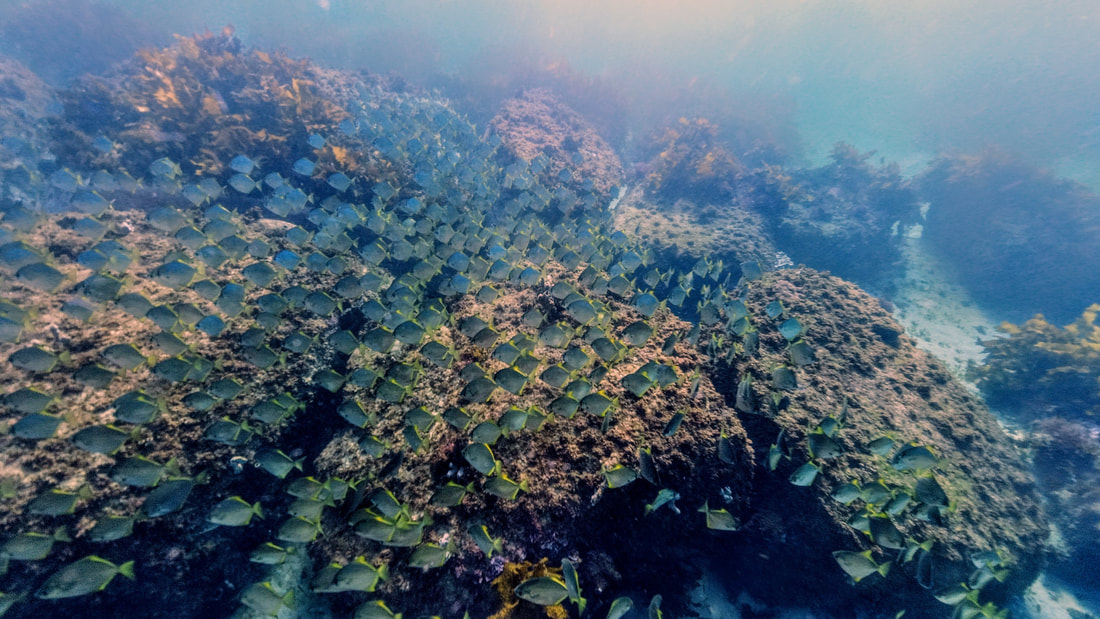
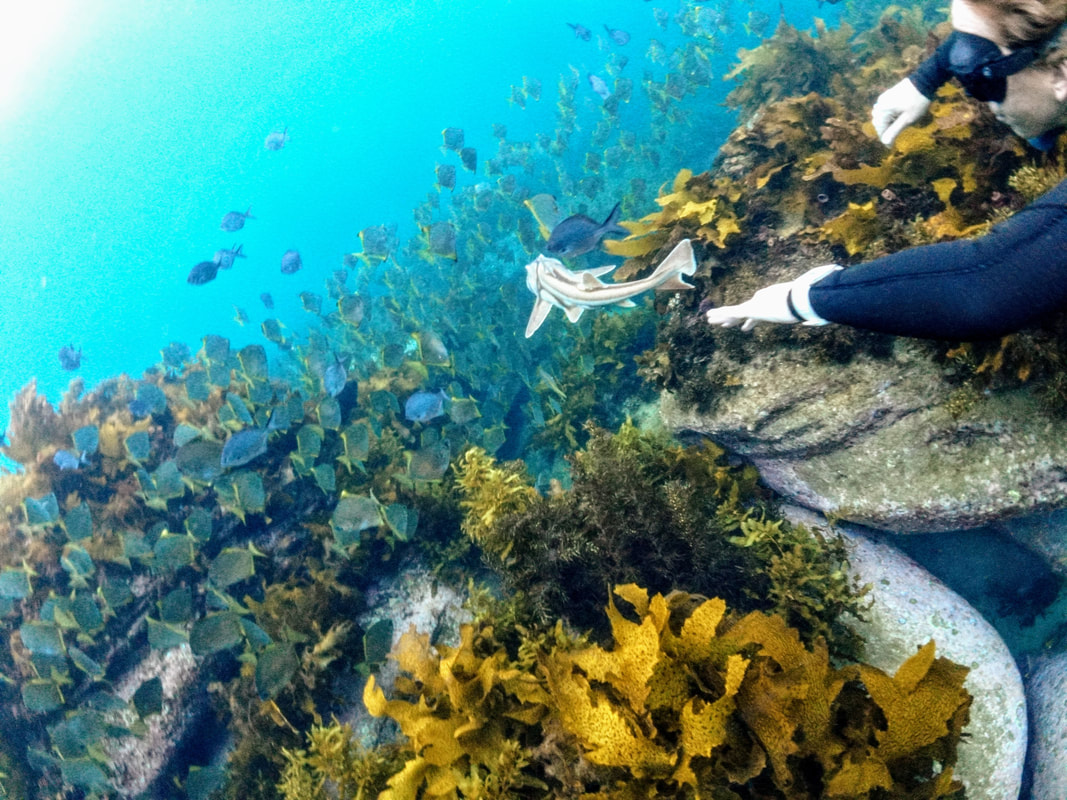
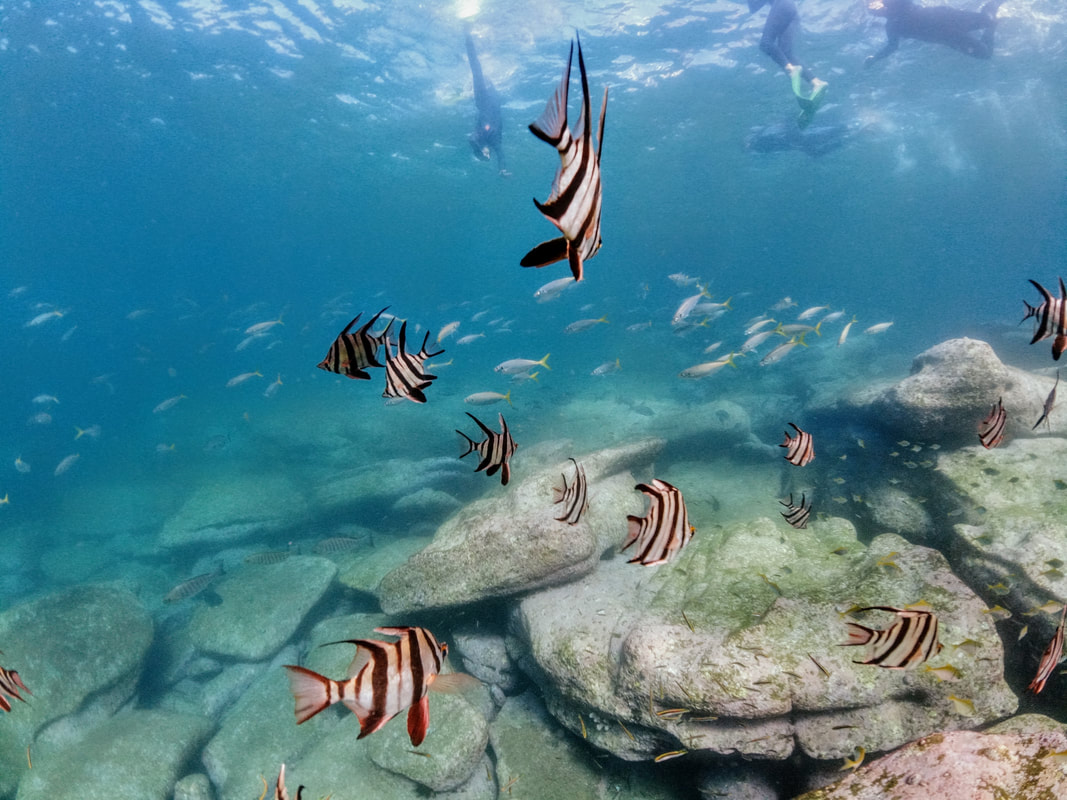
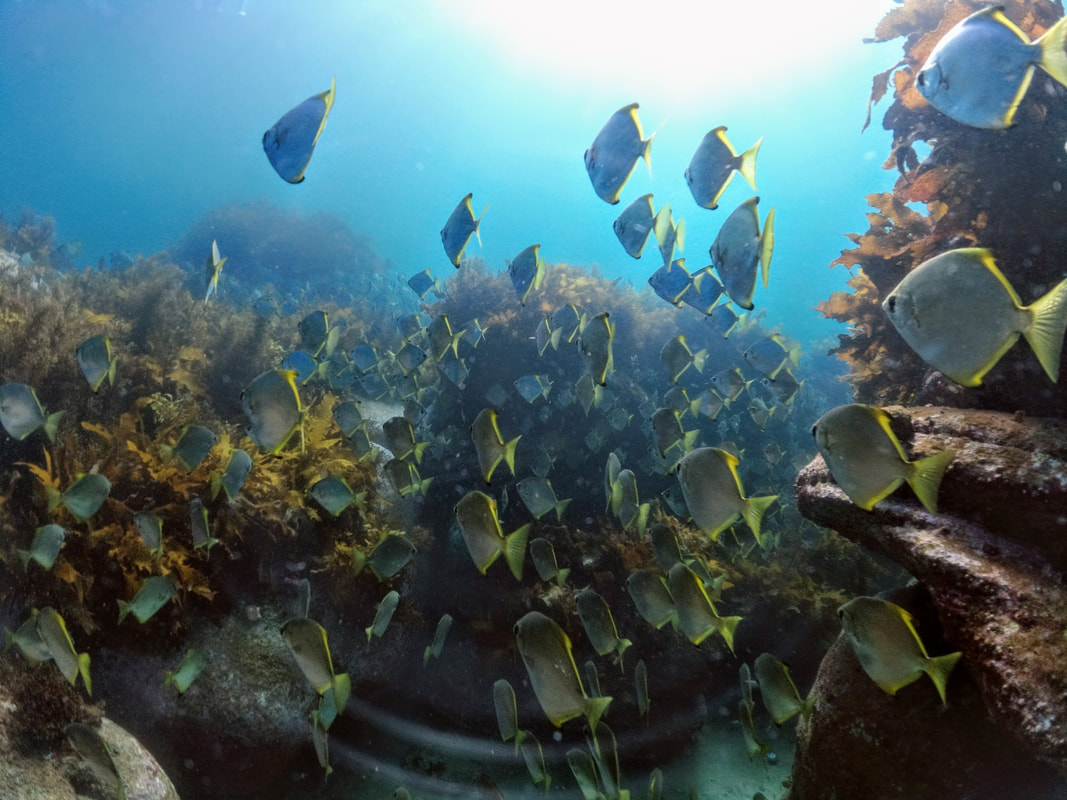
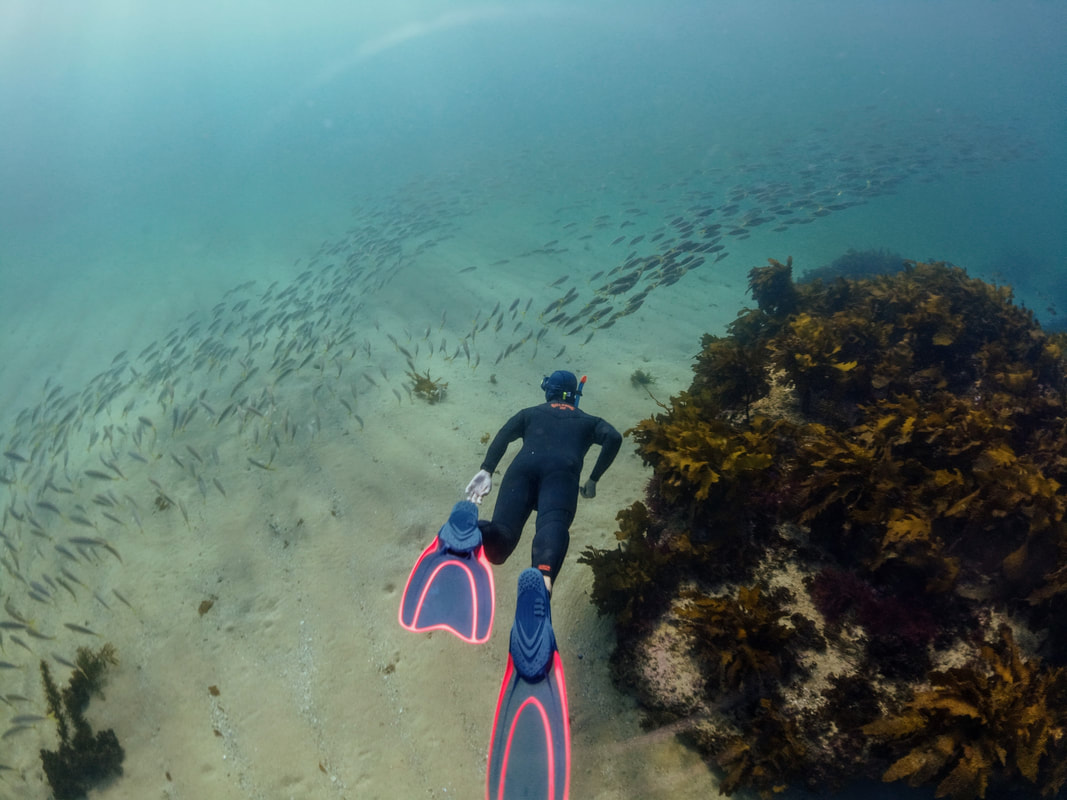
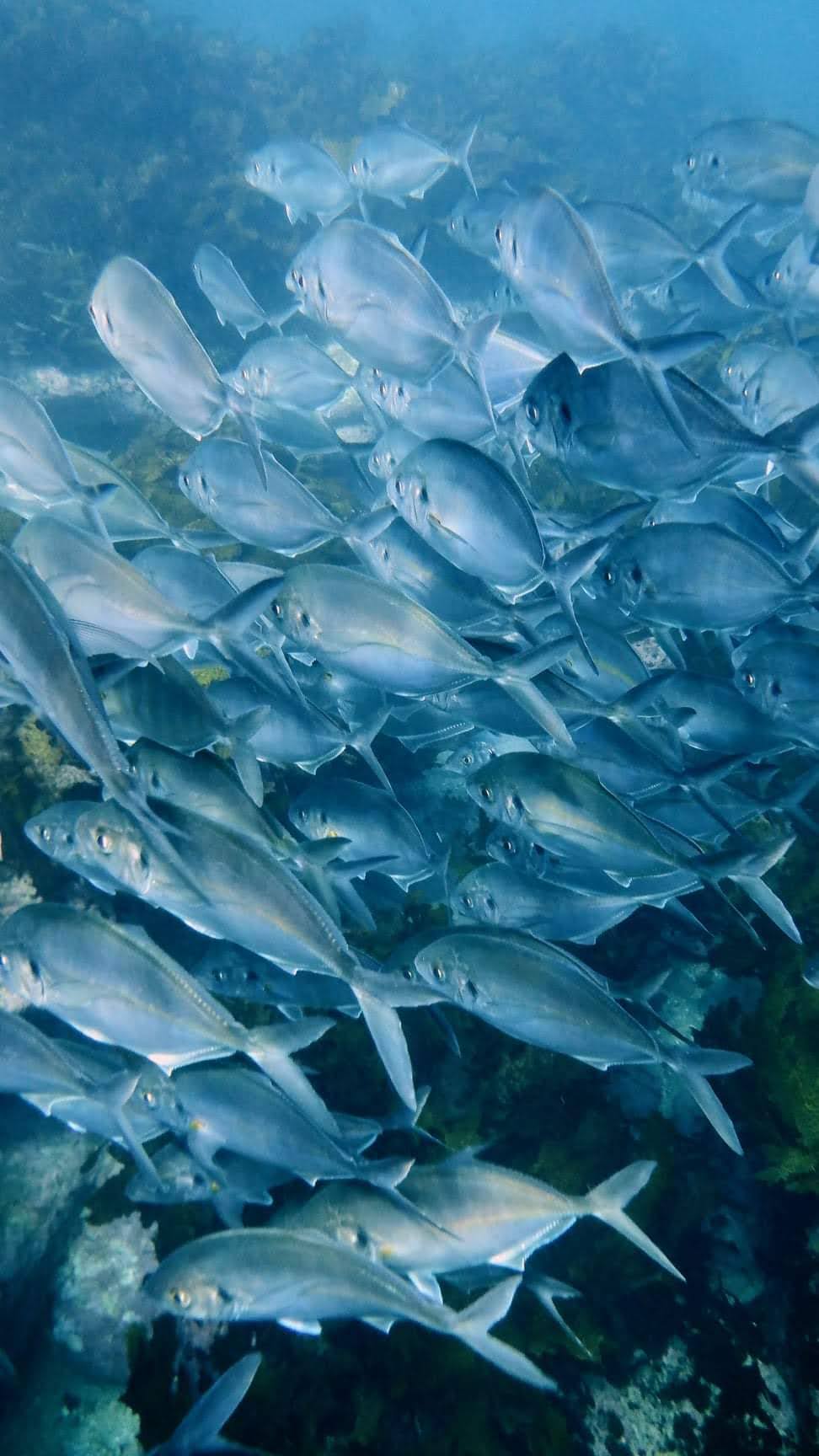
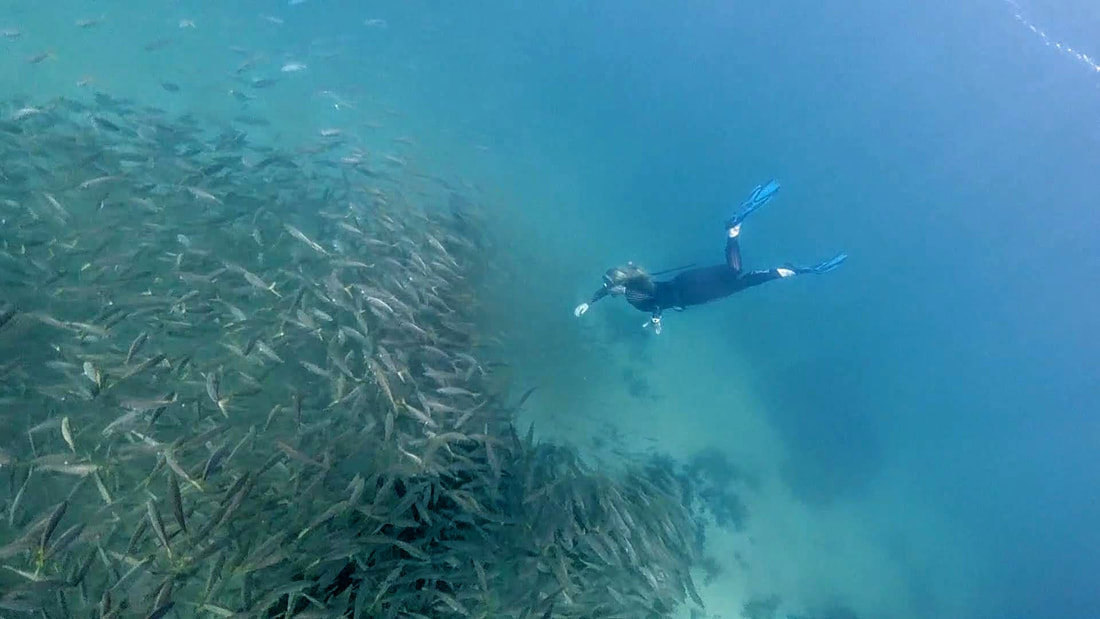
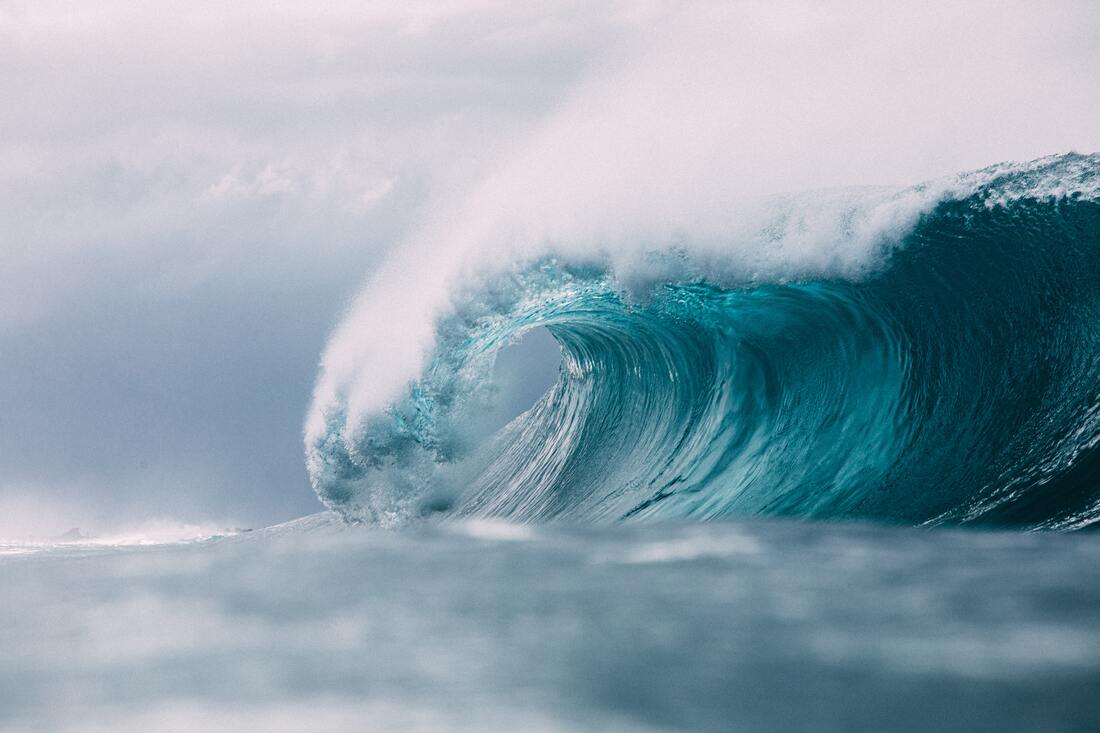
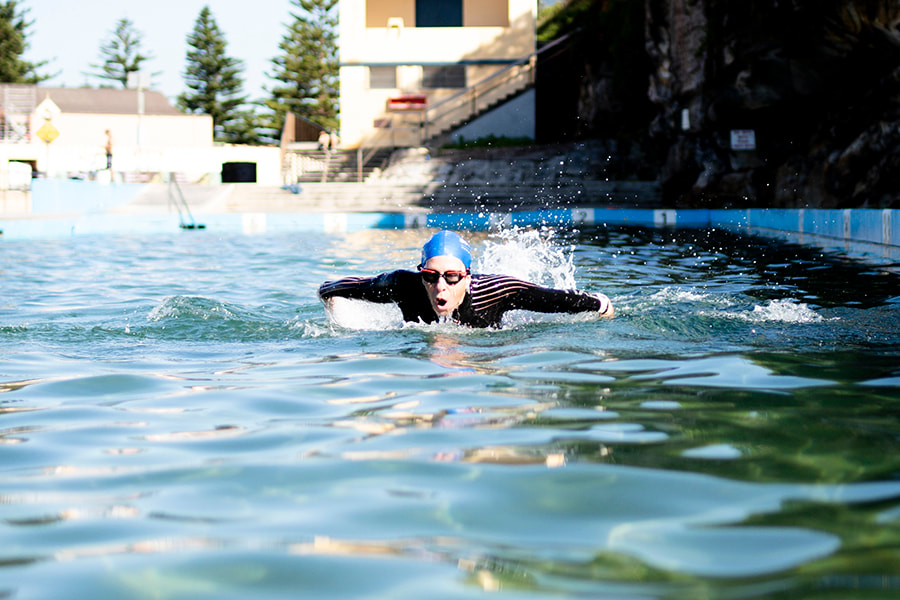
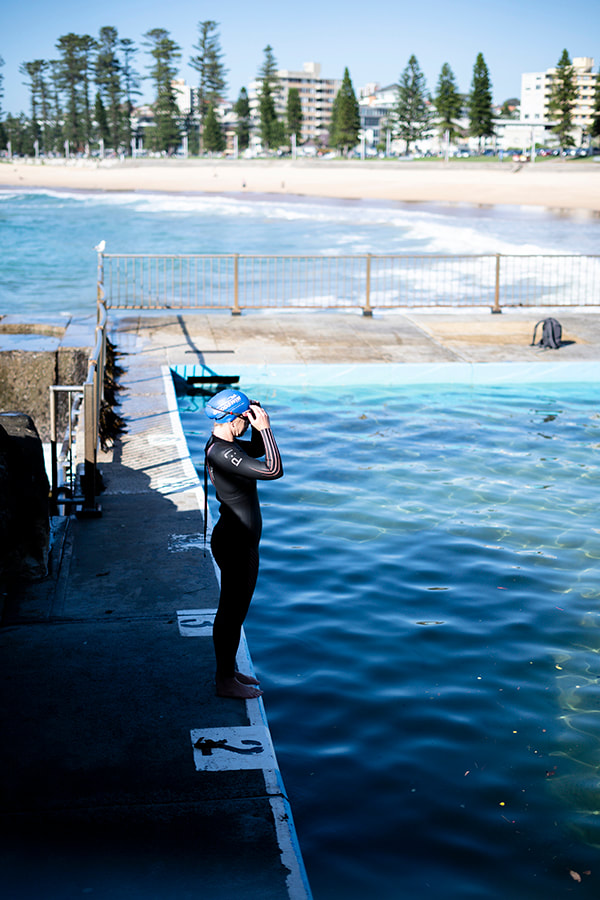
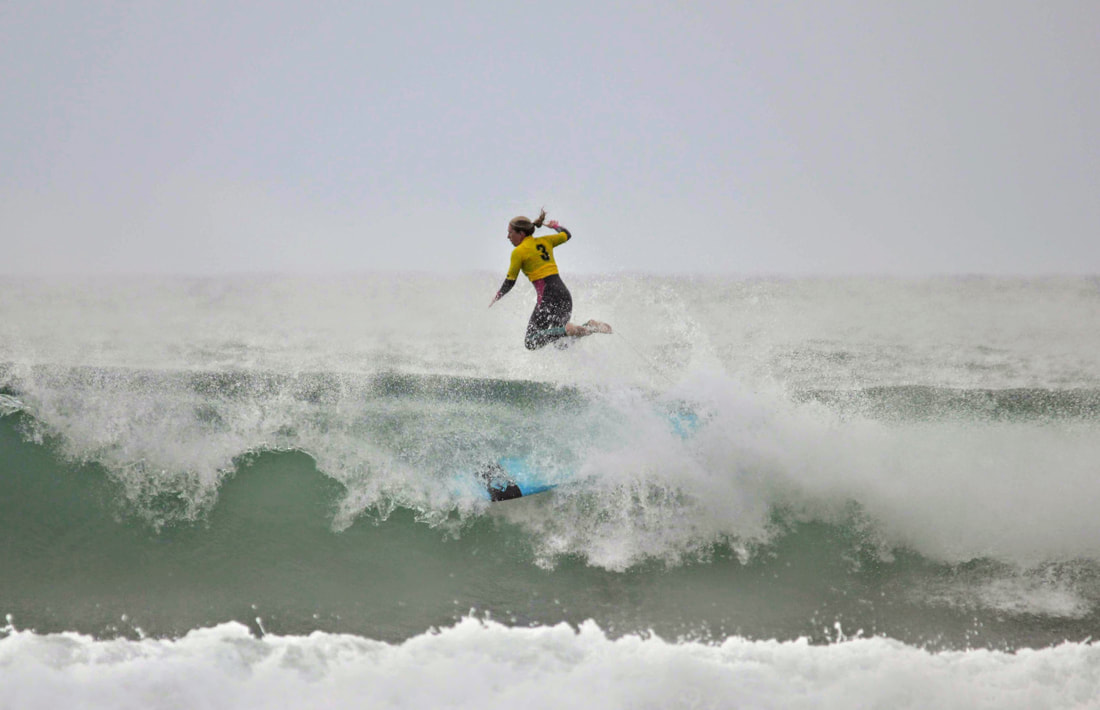
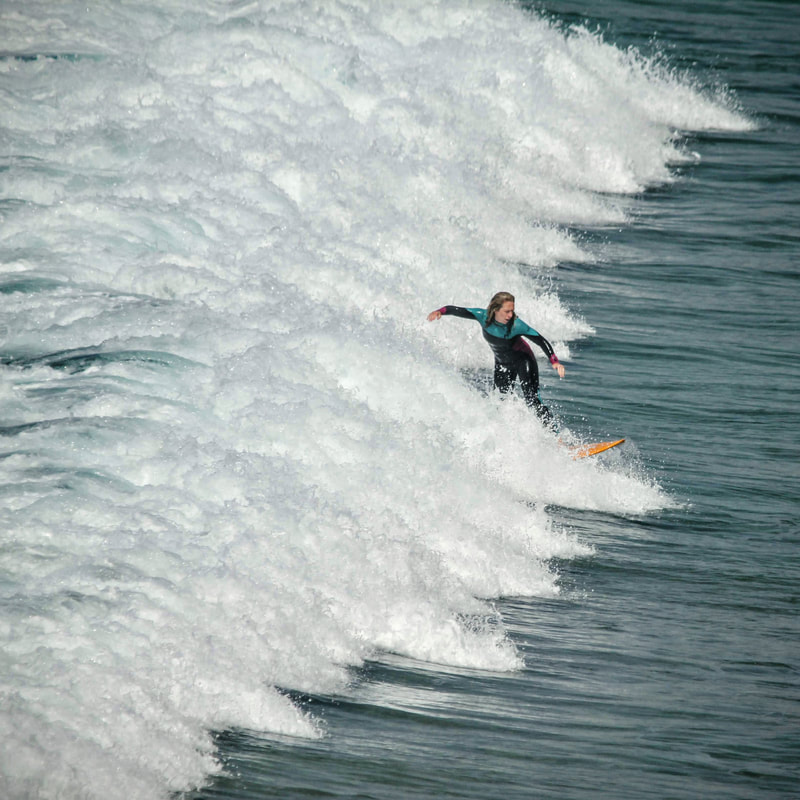
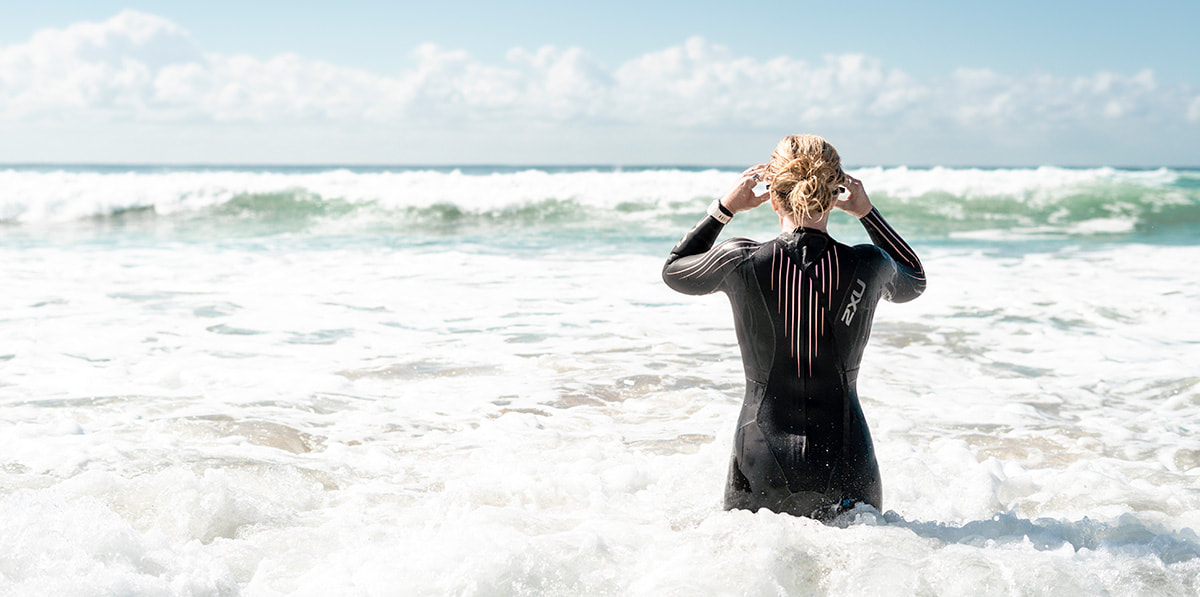
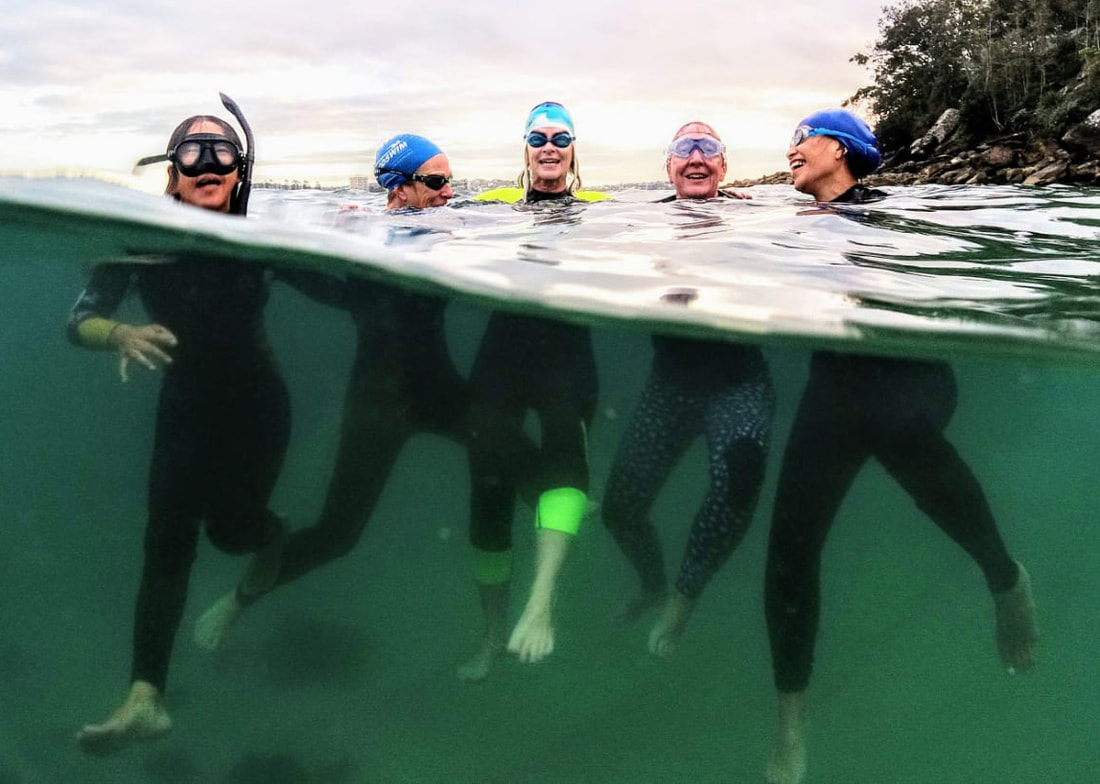
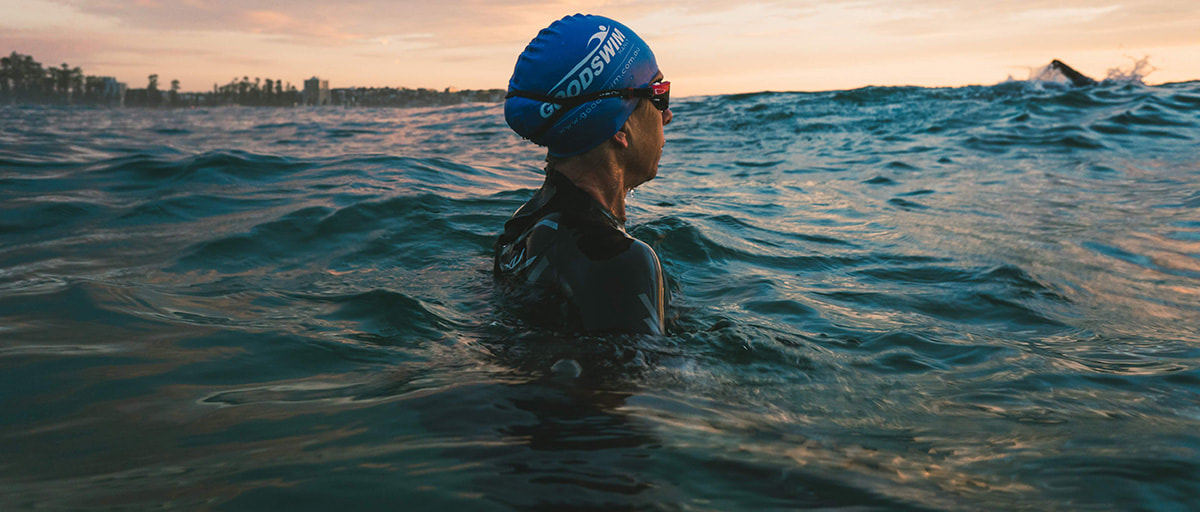
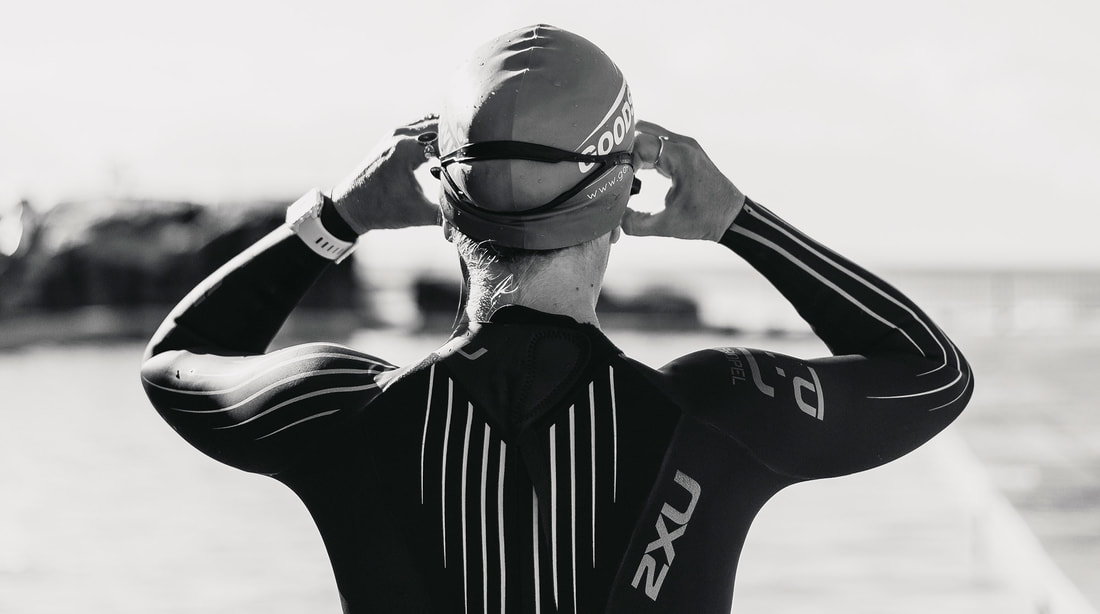
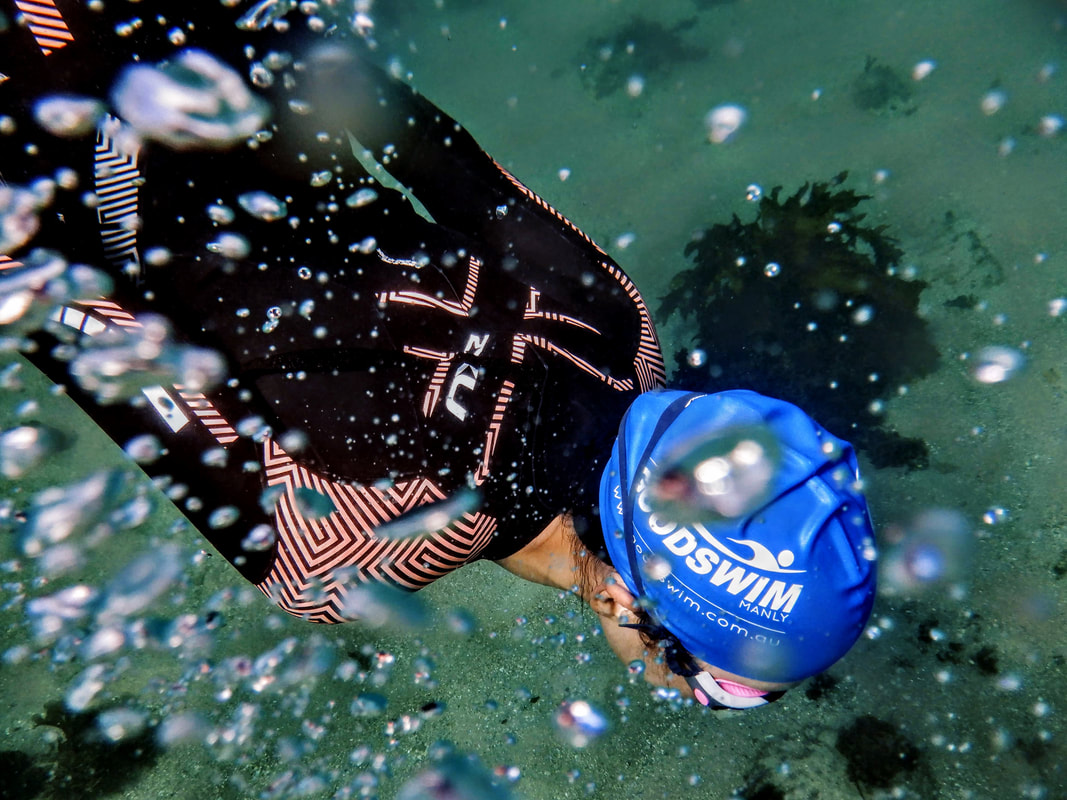
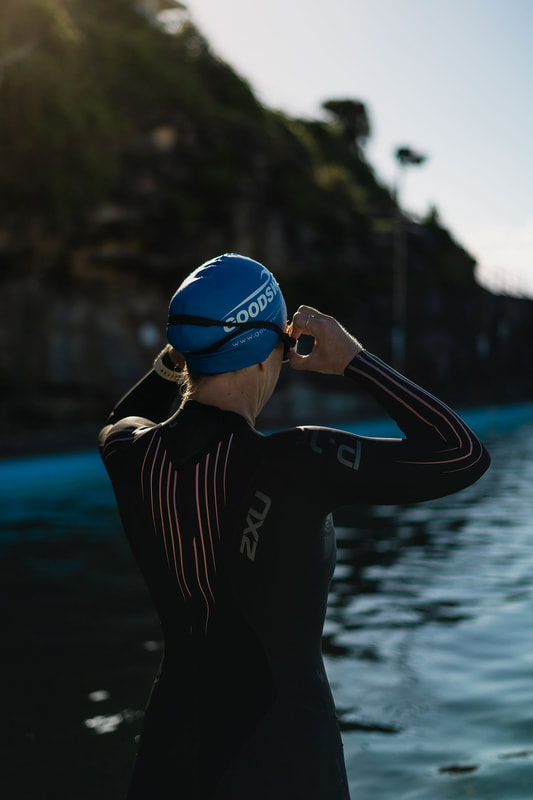
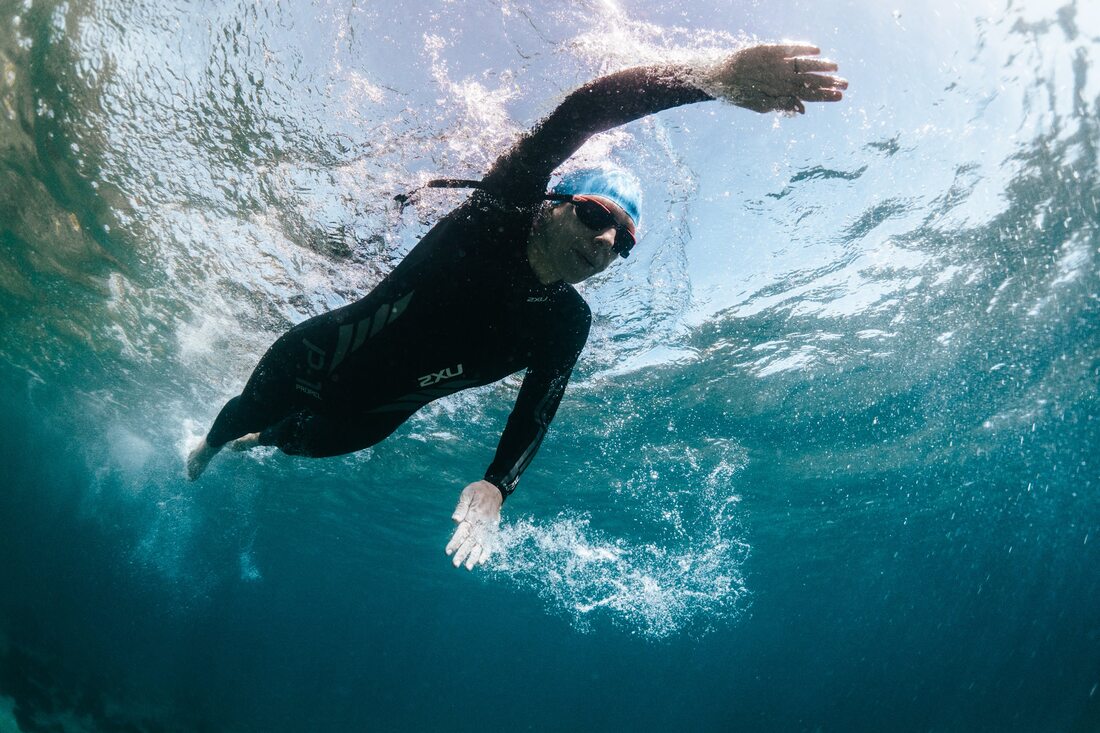
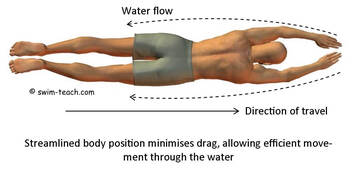

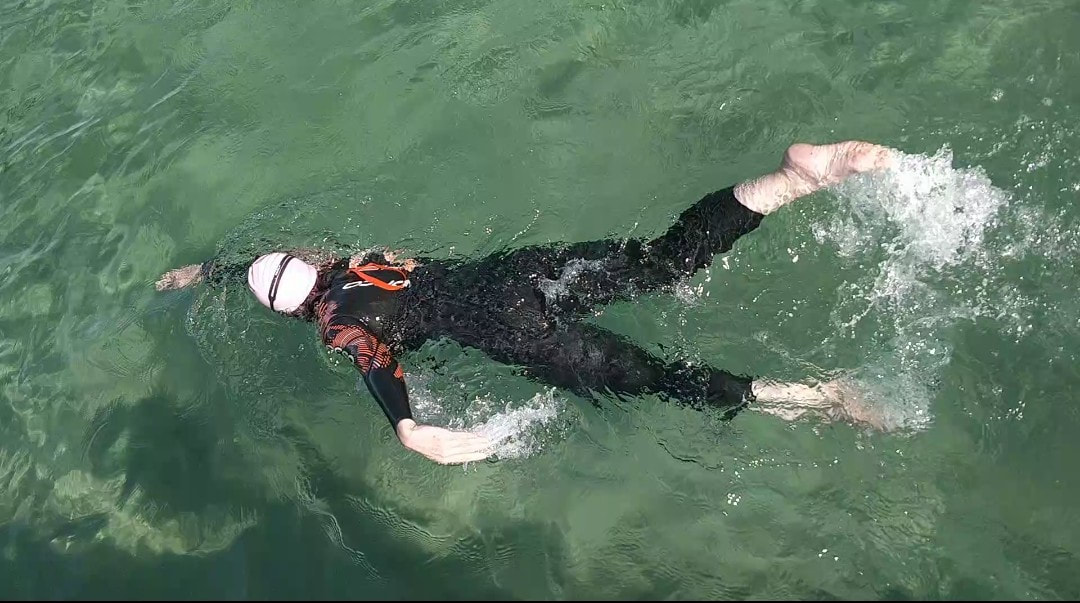
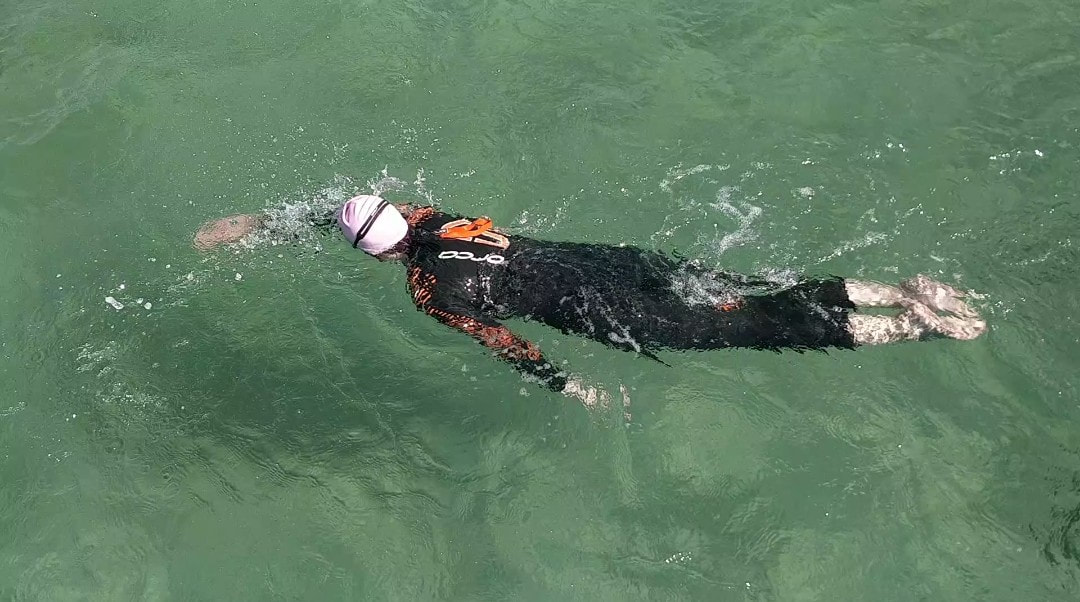
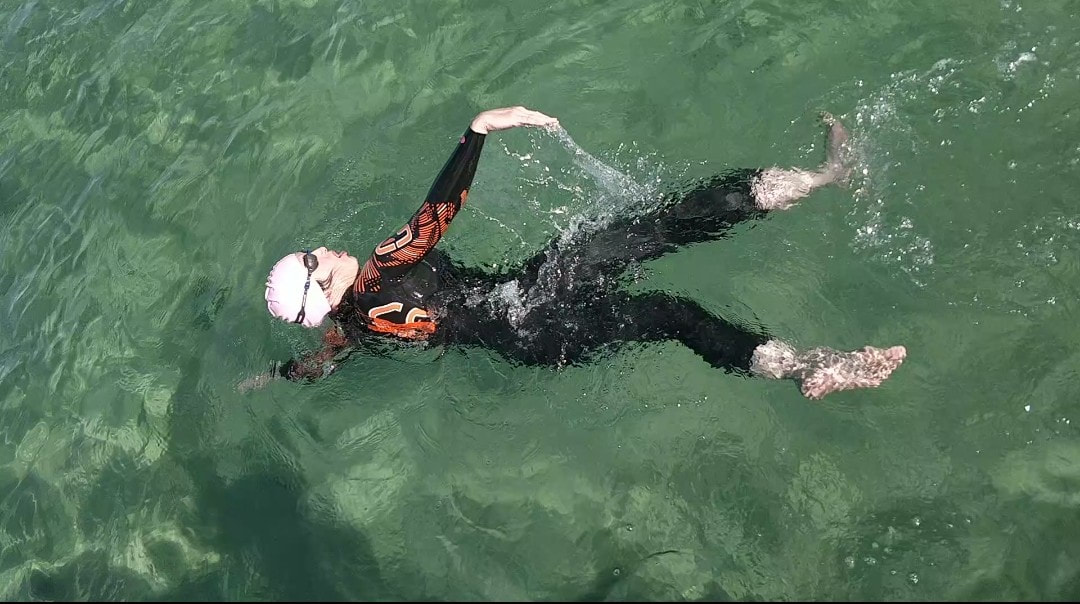
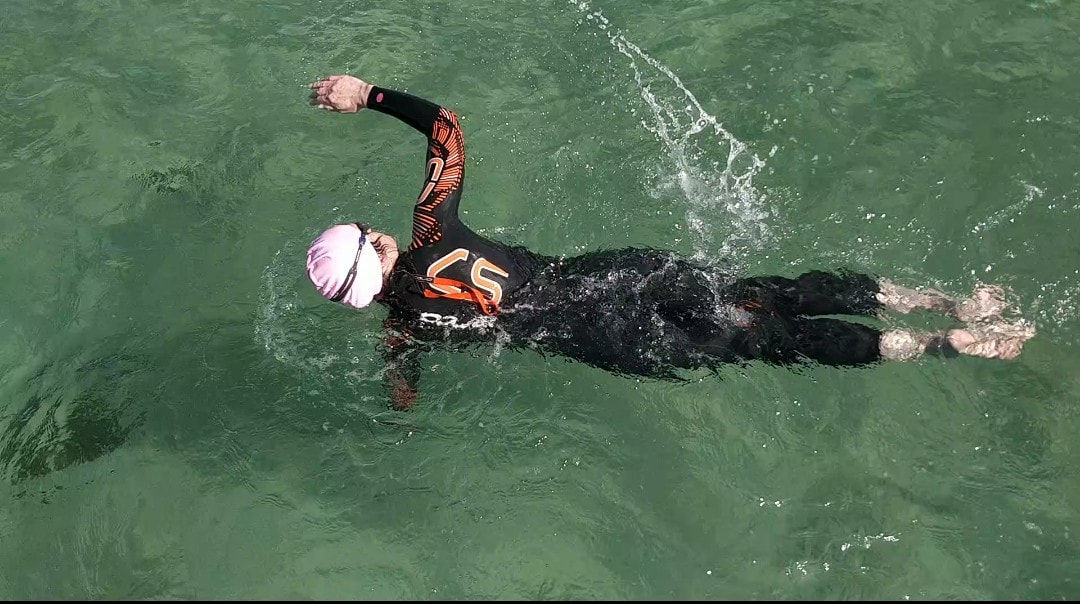
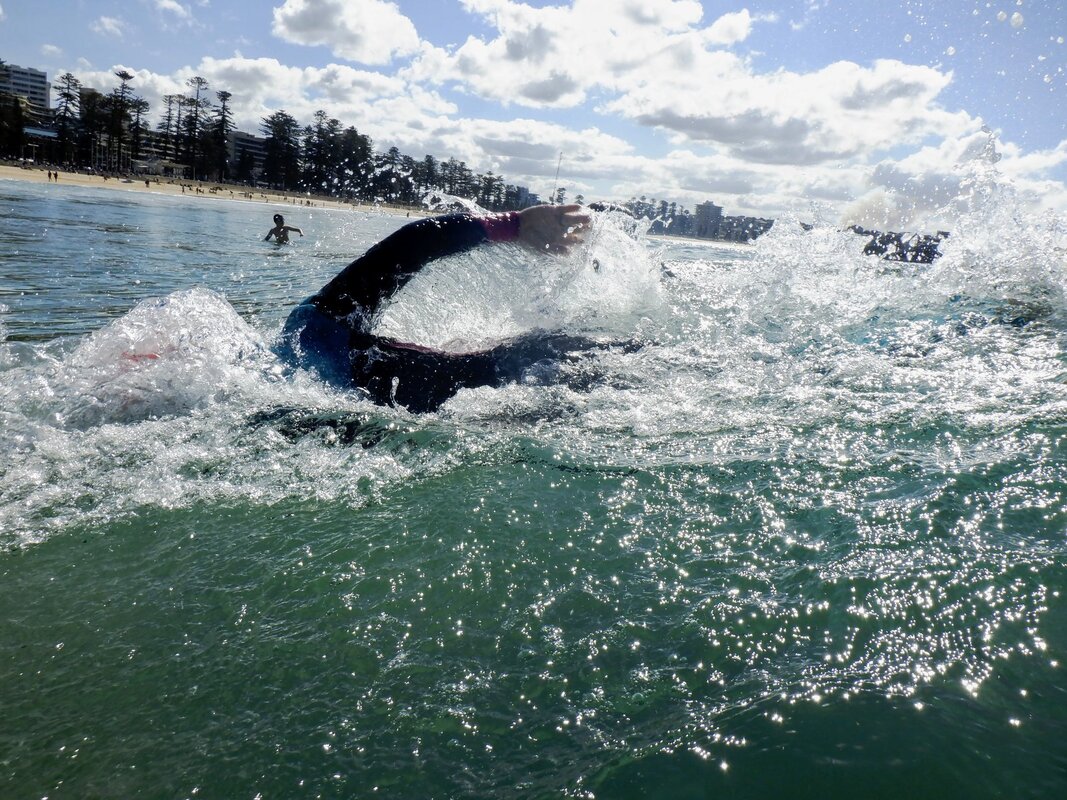
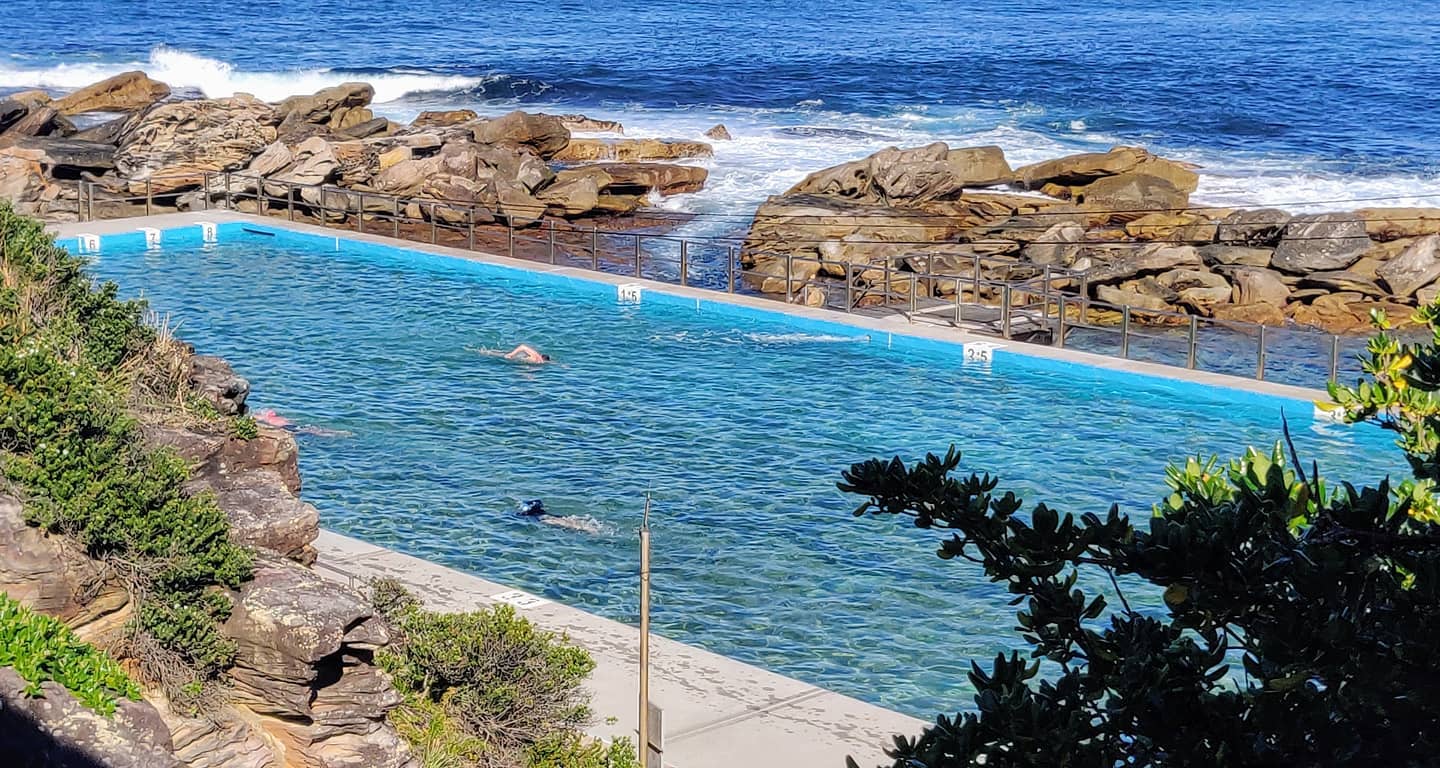
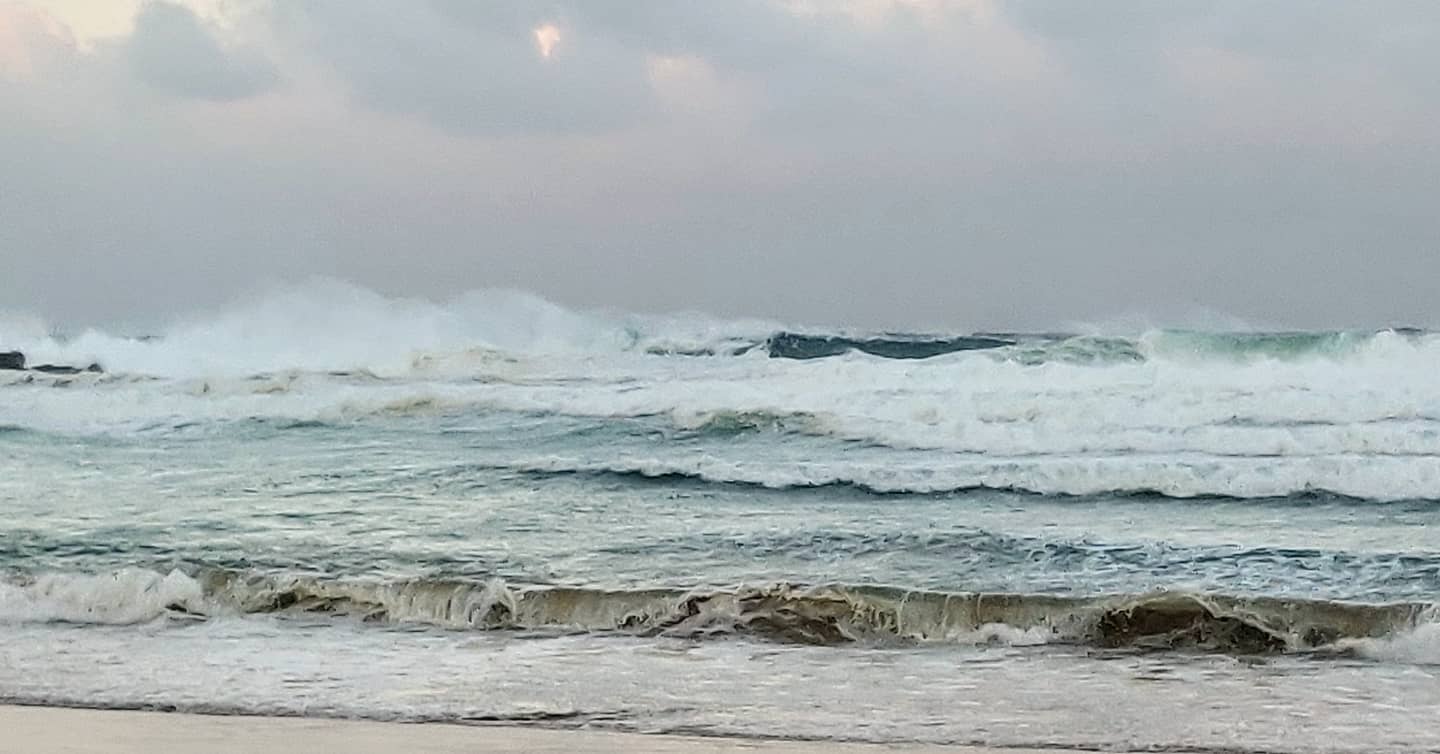
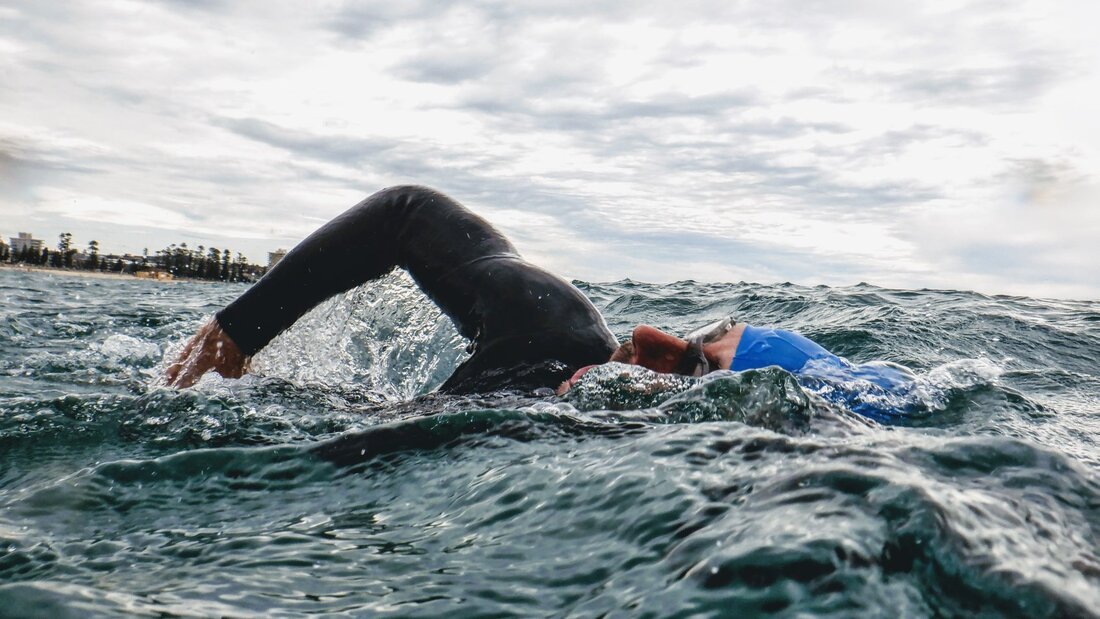
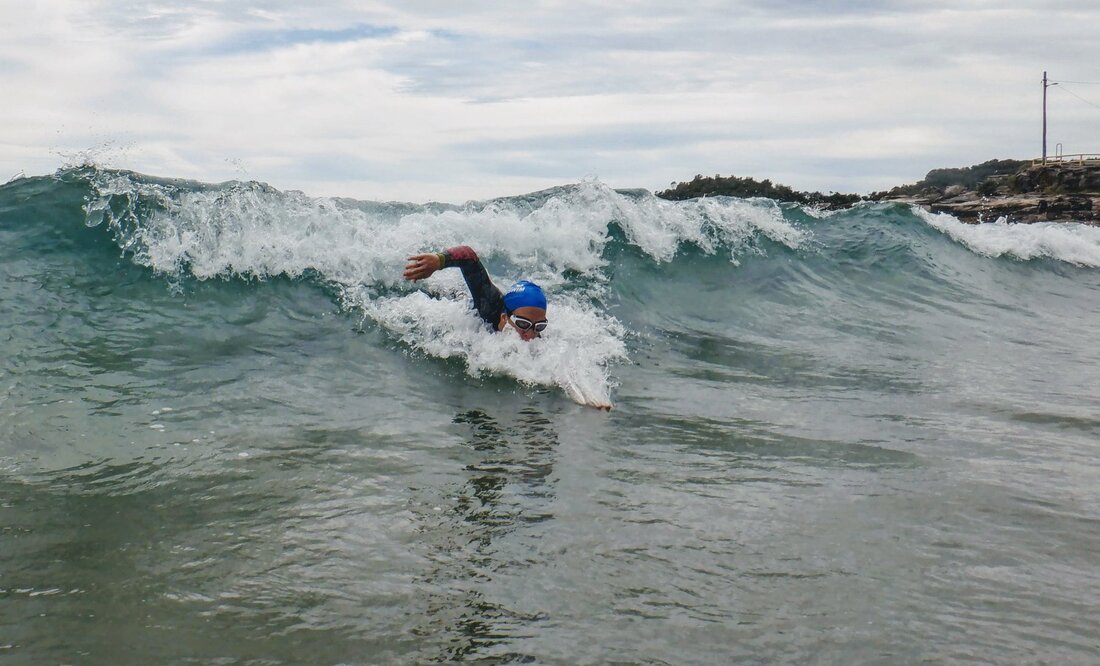


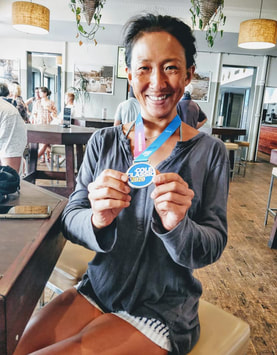
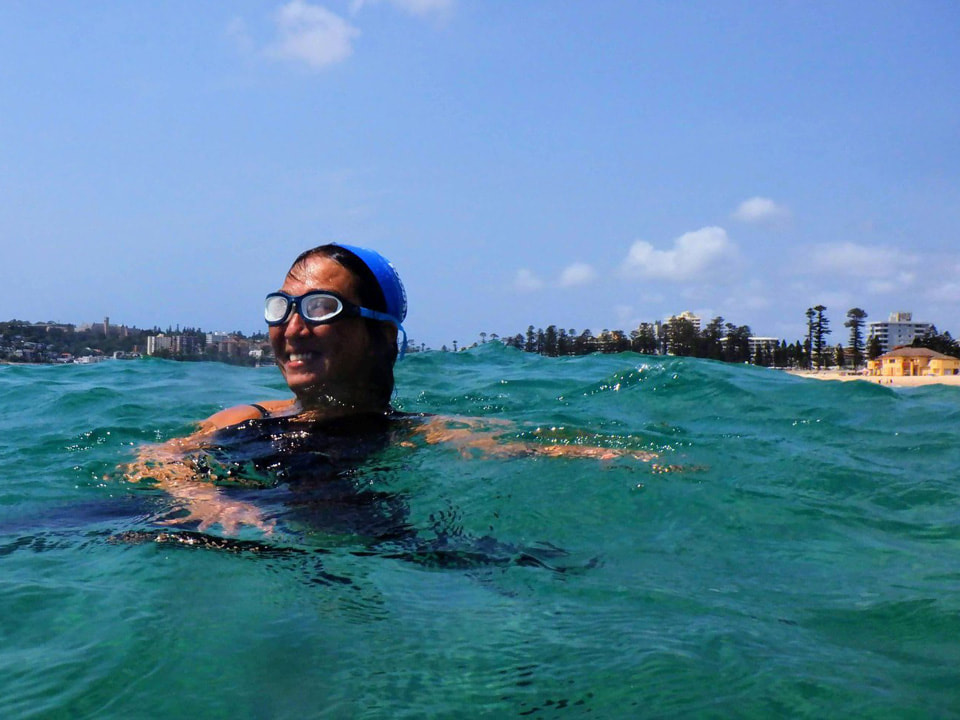
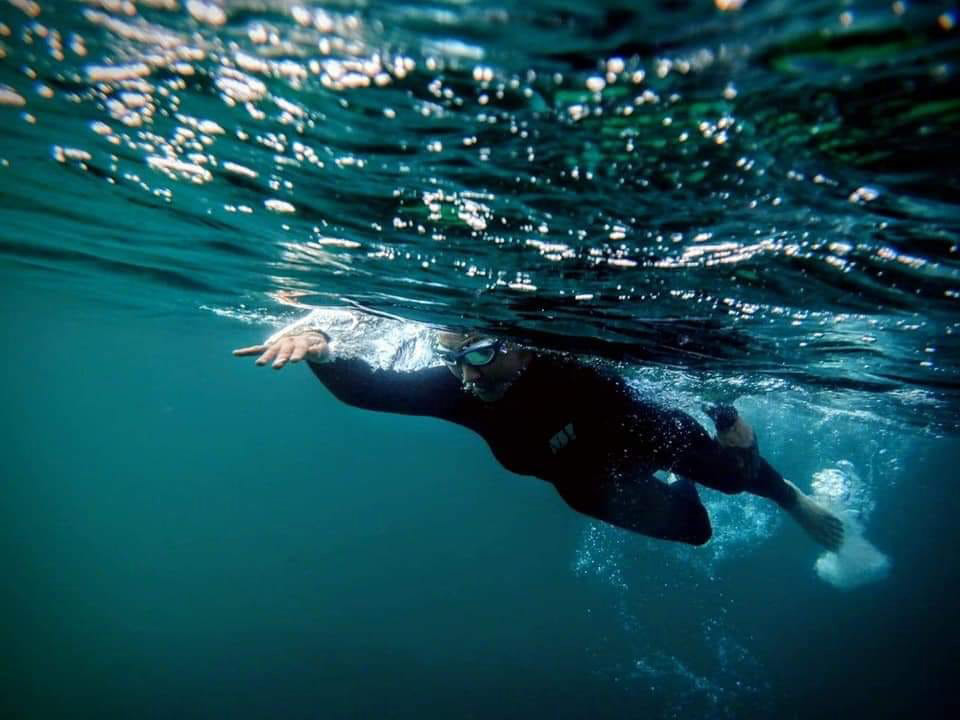
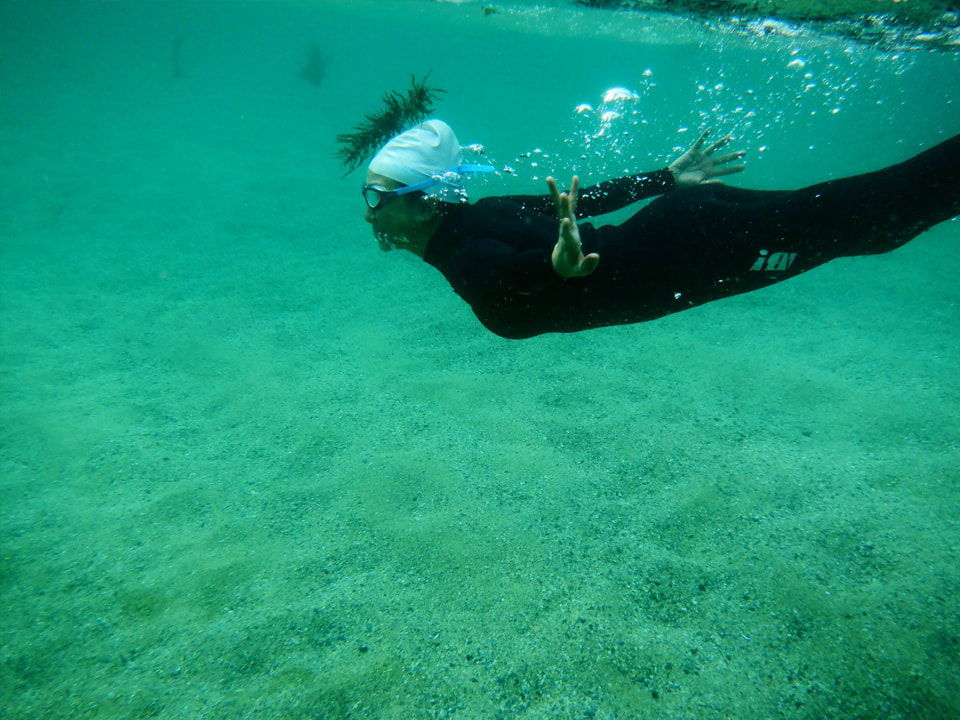
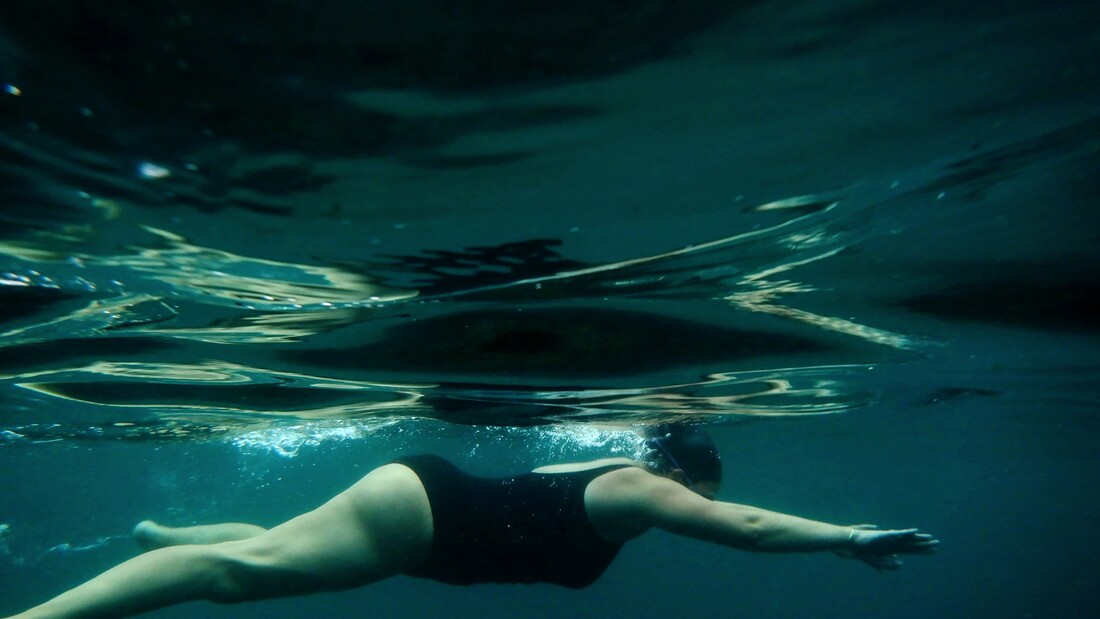
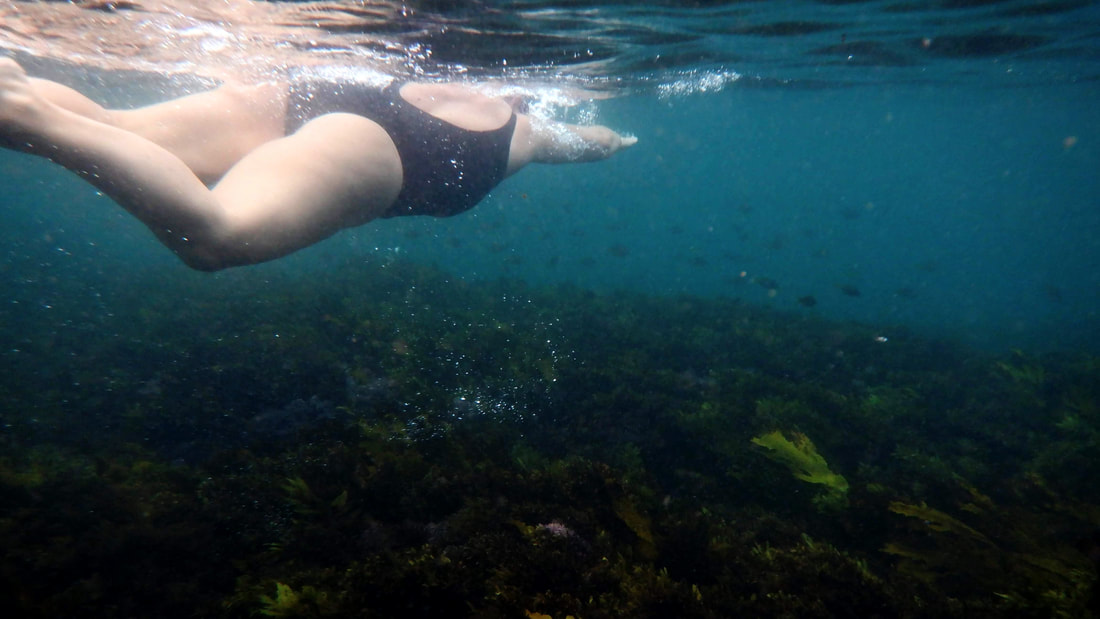
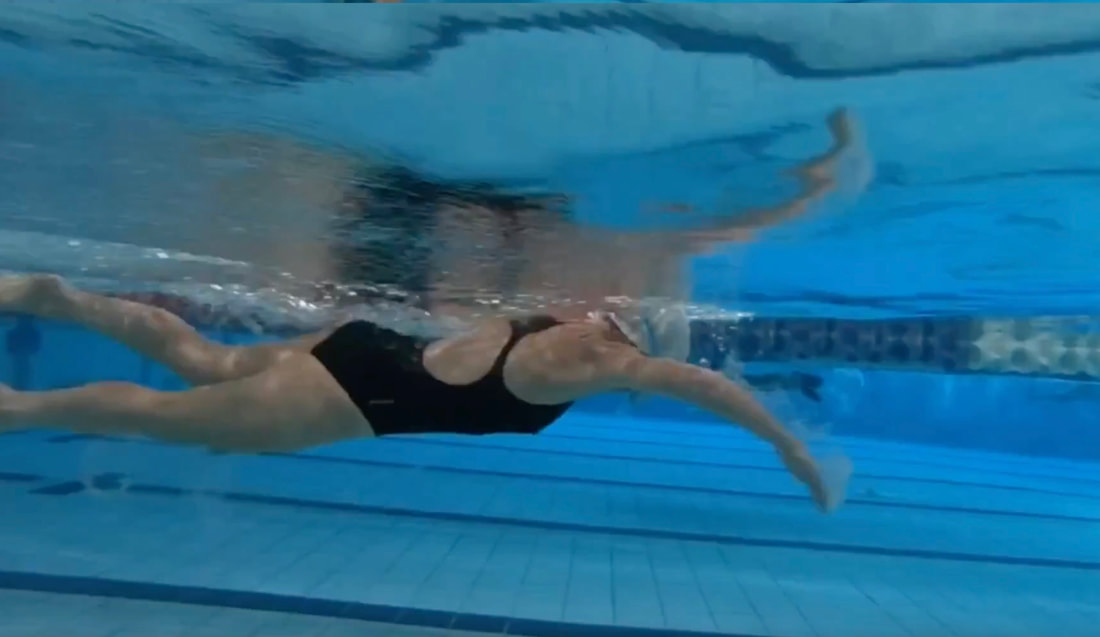
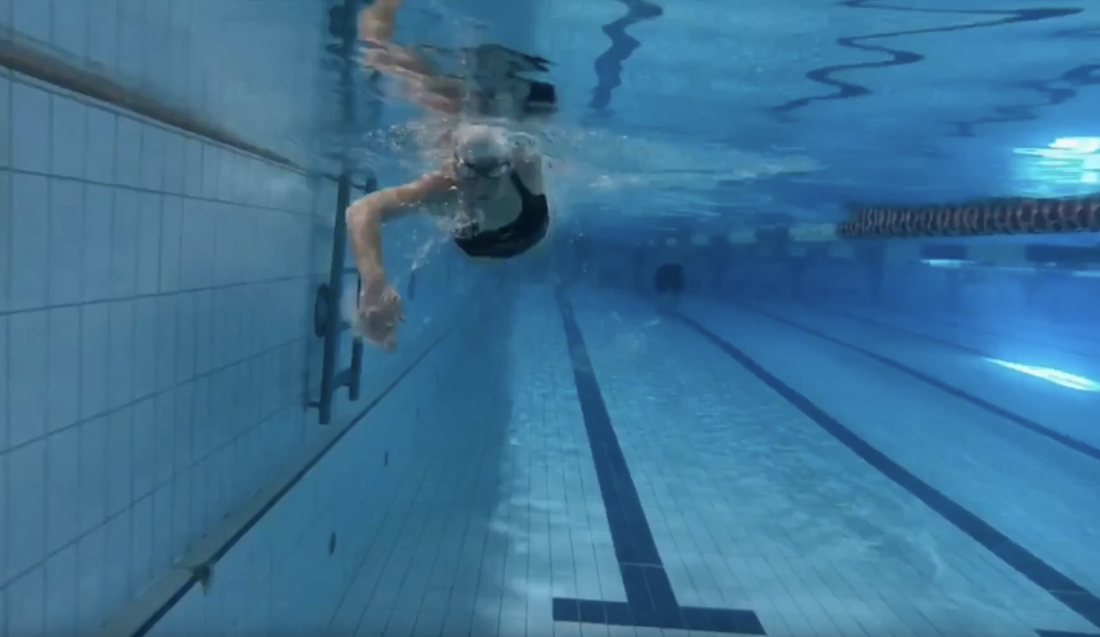
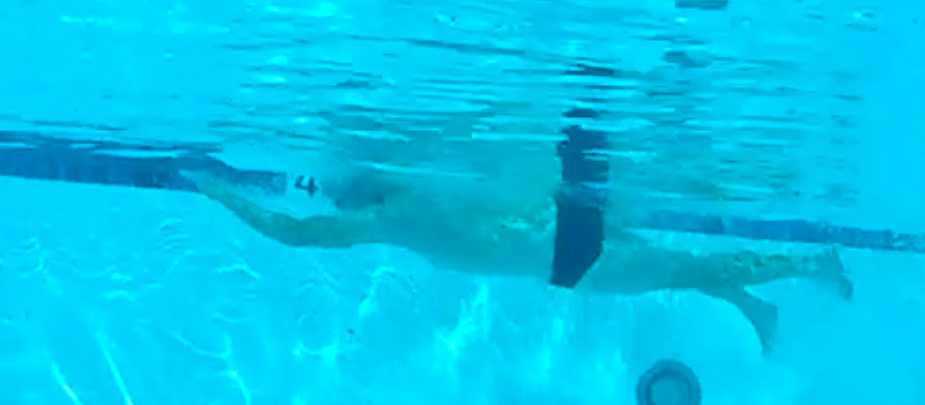
 RSS Feed
RSS Feed

